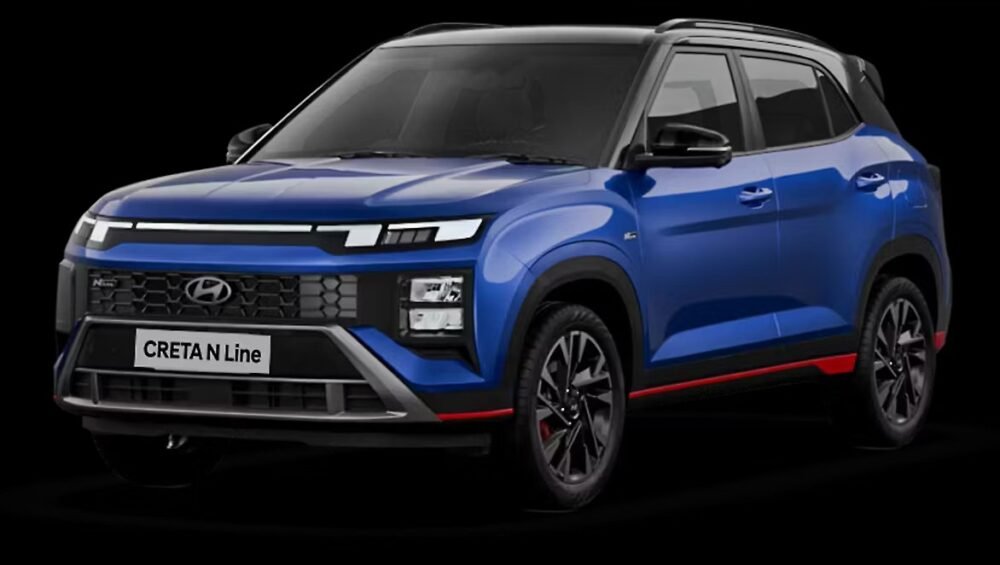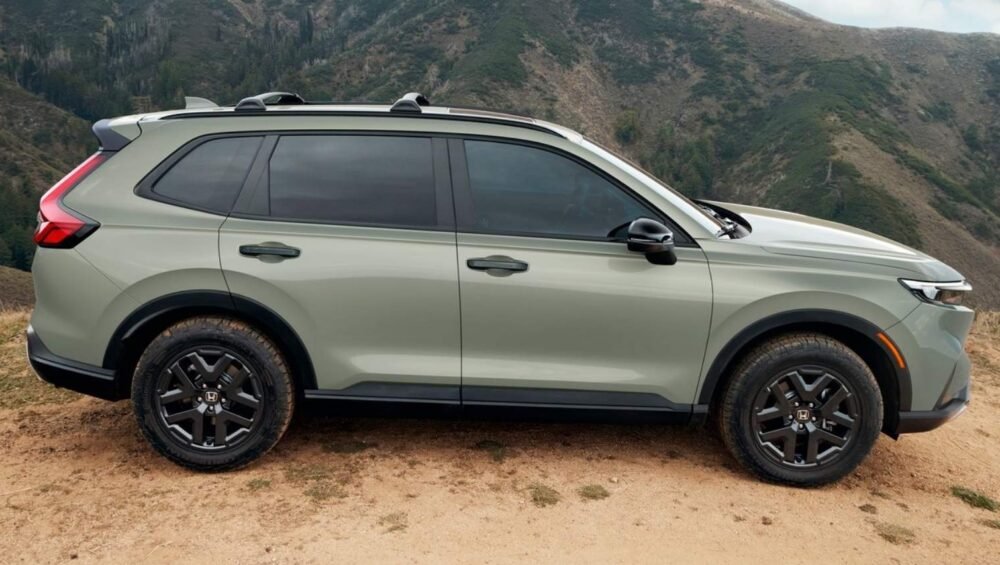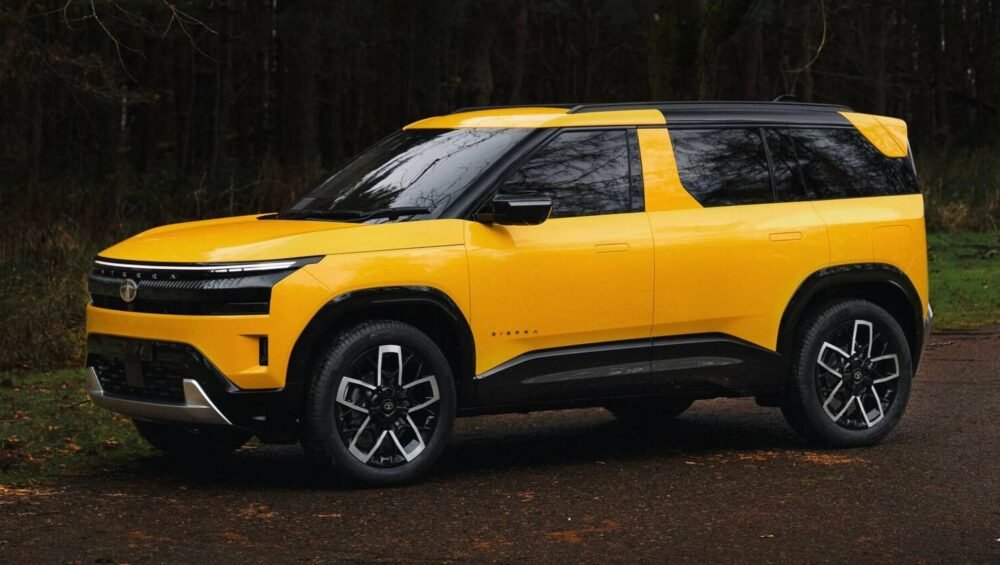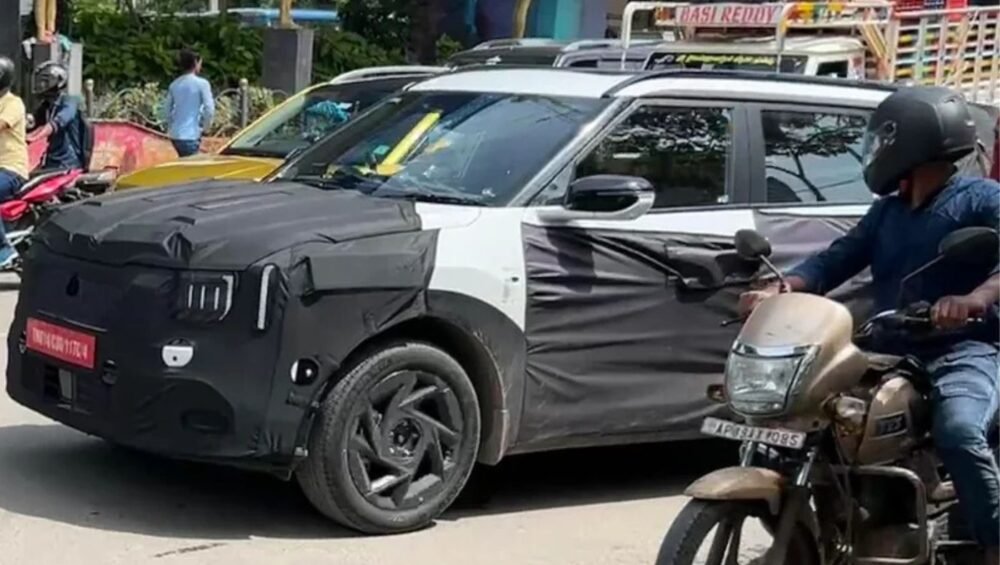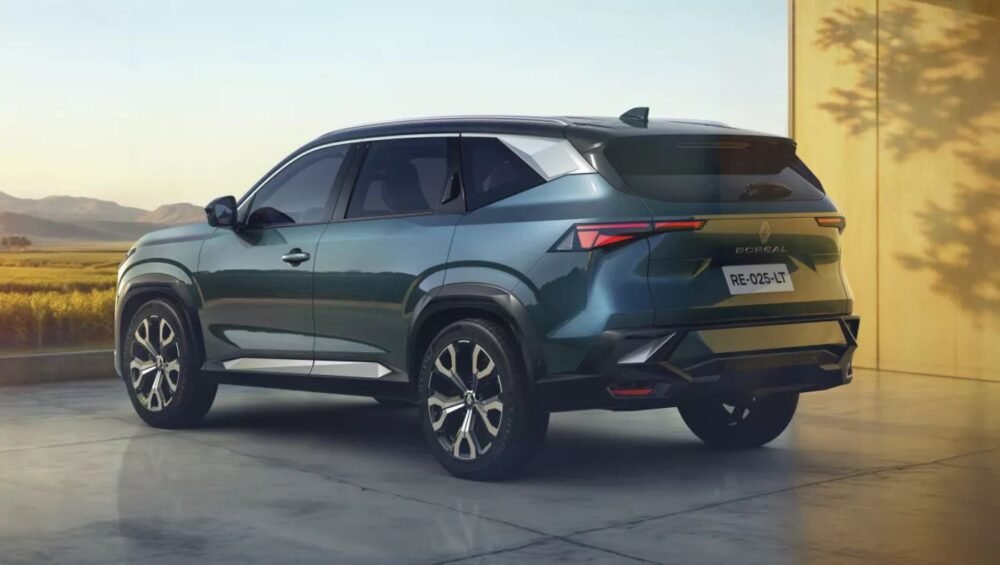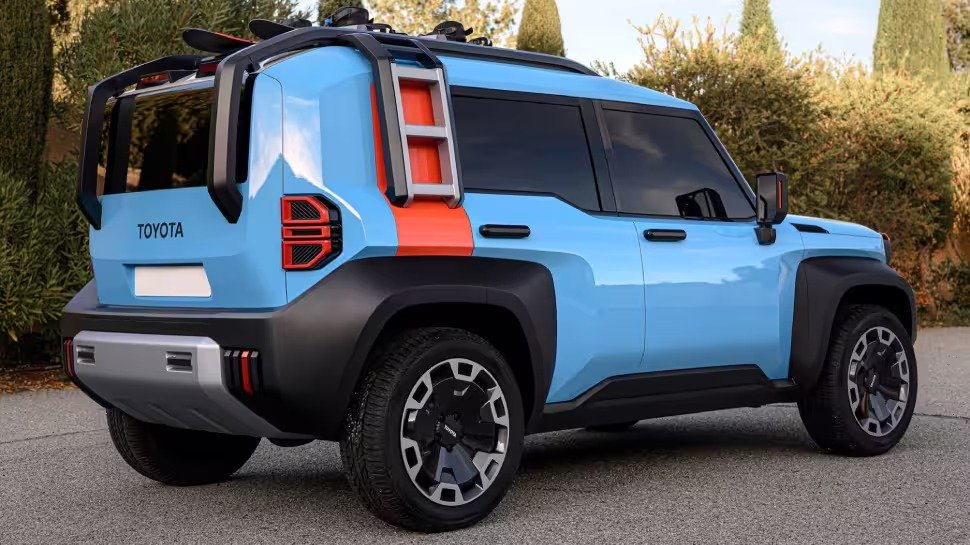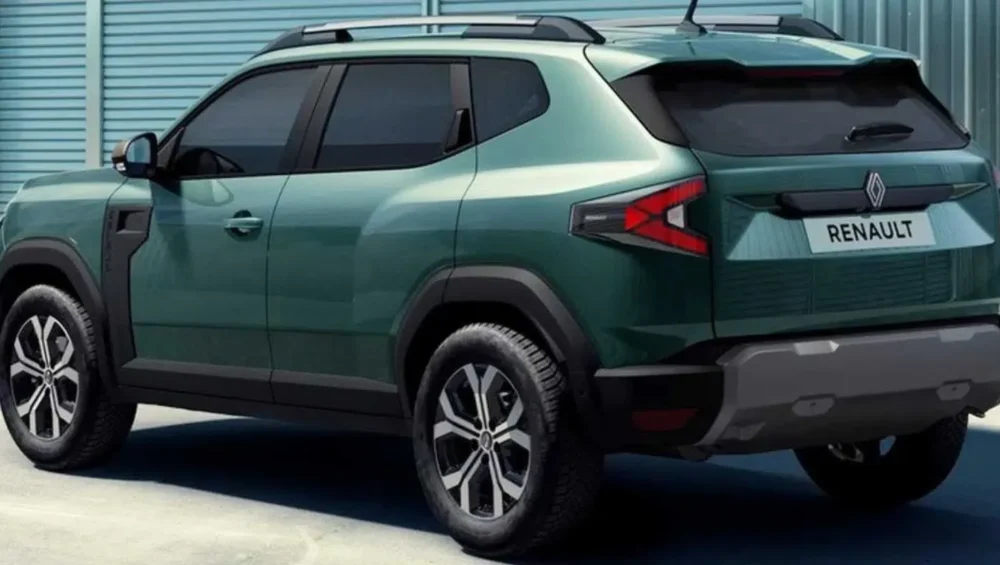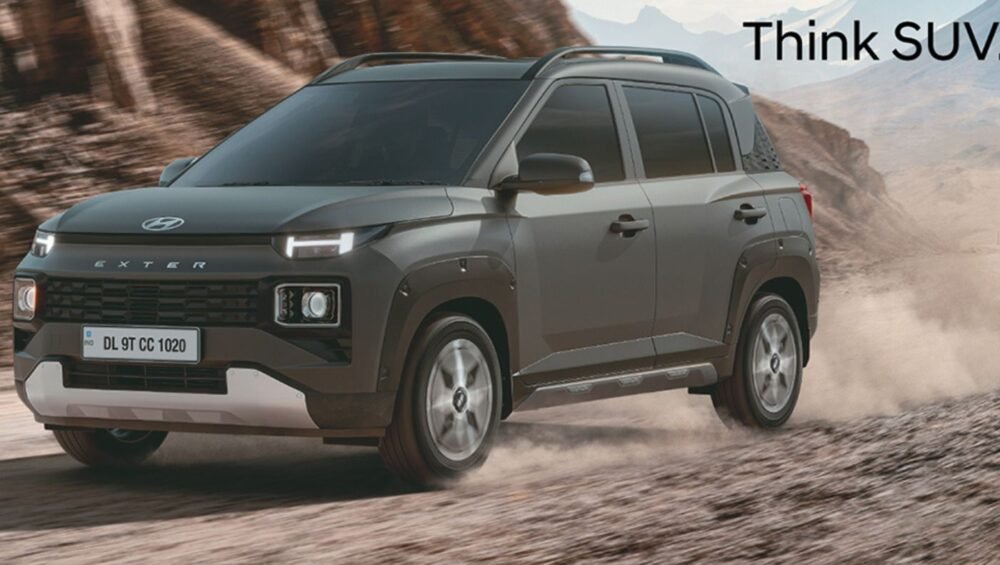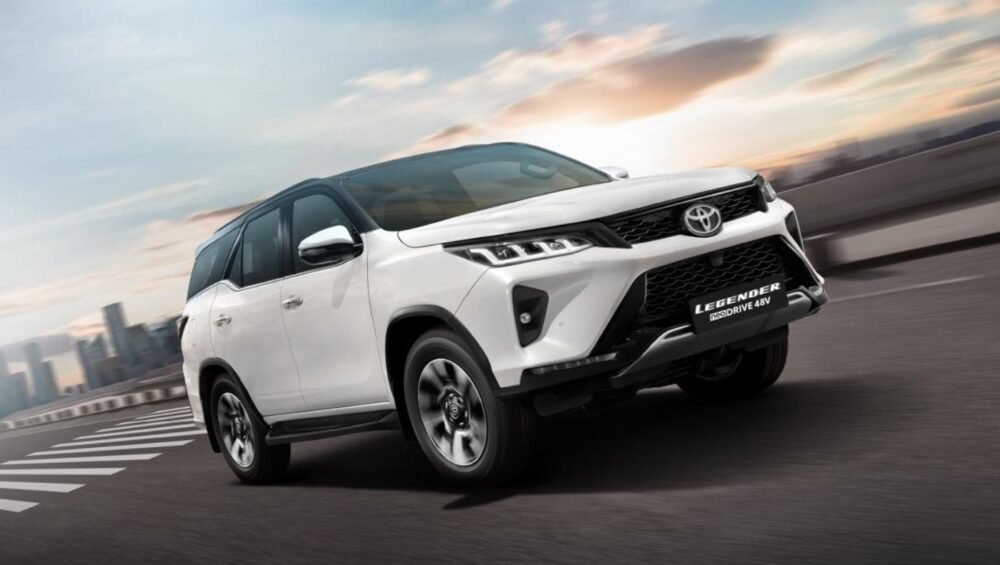Hyundai is set to launch the much-anticipated second-generation Venue in India on October 24, 2025. Since its initial launch in 2021 and a subsequent mid-cycle facelift in 2022, the Venue has been a consistent best-seller in the compact SUV segment. The all-new model promises significant updates — both in terms of styling and features — reaffirming Hyundai’s commitment to maintaining its competitive edge.
Bold New Exterior Design Inspired by Creta
The upcoming Hyundai Venue is expected to borrow design cues from the popular Creta SUV, adopting a fresh and modern look aimed at attracting contemporary buyers.
- The front fascia will feature a vertically stacked headlamp setup paired with connected C-shaped LED daytime running lights.
- A larger grille expands across the front, flanked by two front parking sensors and a radar sensor integrated into the lower grille.
- The bumpers have been revised, complementing the new look with aggressive contours and clean lines.
- Updates continue at the rear with connected LED tail lamps and new alloy wheel designs that enhance the sporty stance.
Spacious and Smart Cabin
Spy shots reveal a significantly upgraded interior, focusing on both technology and comfort:
- The Venue will feature a dual connected screen setup combining infotainment and the digital instrument cluster. The screens will be angled slightly towards the driver for better usability.
- The dashboard sports a layered pattern designed to elevate the premium feel of the SUV.
- Hyundai emphasizes physical controls in the centre console, appealing to buyers who prefer tactile buttons over full touchscreen interfaces.
- New additions include a new steering wheel design and central AC vents positioned below the infotainment system.
Feature List Highlights
The second-gen Venue will come equipped with a slew of modern features, including:
- Front parking sensors and Level 2 Advanced Driver Assistance Systems (ADAS)
- Panoramic sunroof adding to the airy feel of the cabin
- Ventilated seats for enhanced comfort in India’s tropical climate
- Wireless charging to support the latest smartphones and devices
Mechanical Specs and Powertrain
Mechanically, the Venue remains largely unchanged, continuing to offer familiar engine options:
- 1.2-litre naturally aspirated petrol
- 1.0-litre turbocharged GDI petrol
- 1.5-litre CRDi diesel engine
One key uncertainty is whether Hyundai will introduce an automatic transmission option with the diesel engine, which is missing in the current model. This decision might be influenced by consumer feedback and emission regulations.
Pricing & Competition
The new Hyundai Venue is expected to be priced with a slight premium of ₹30,000 to ₹80,000 over the outgoing model due to enhanced features and design upgrades. Once launched, it will continue to challenge compact SUV stalwarts such as:
- Maruti Suzuki Brezza
- Tata Nexon
- Mahindra XUV3OO
- Kia Sonet
- Skoda Kushaq
The Venue’s blend of contemporary design, connectivity, and fuel efficiency will play a crucial role in maintaining its stronghold in the segment.
Conclusion
The second-generation Hyundai Venue is poised to offer Indian buyers a compelling package of bold design, smart technology, and class-leading features wrapped in a compact SUV format. With an expected launch date of October 24, 2025, customers can look forward to a refreshed Venue that raises the bar for its segment competitors.
Stay tuned for full specifications, pricing, and booking details as Hyundai prepares to unveil the new Venue officially.
